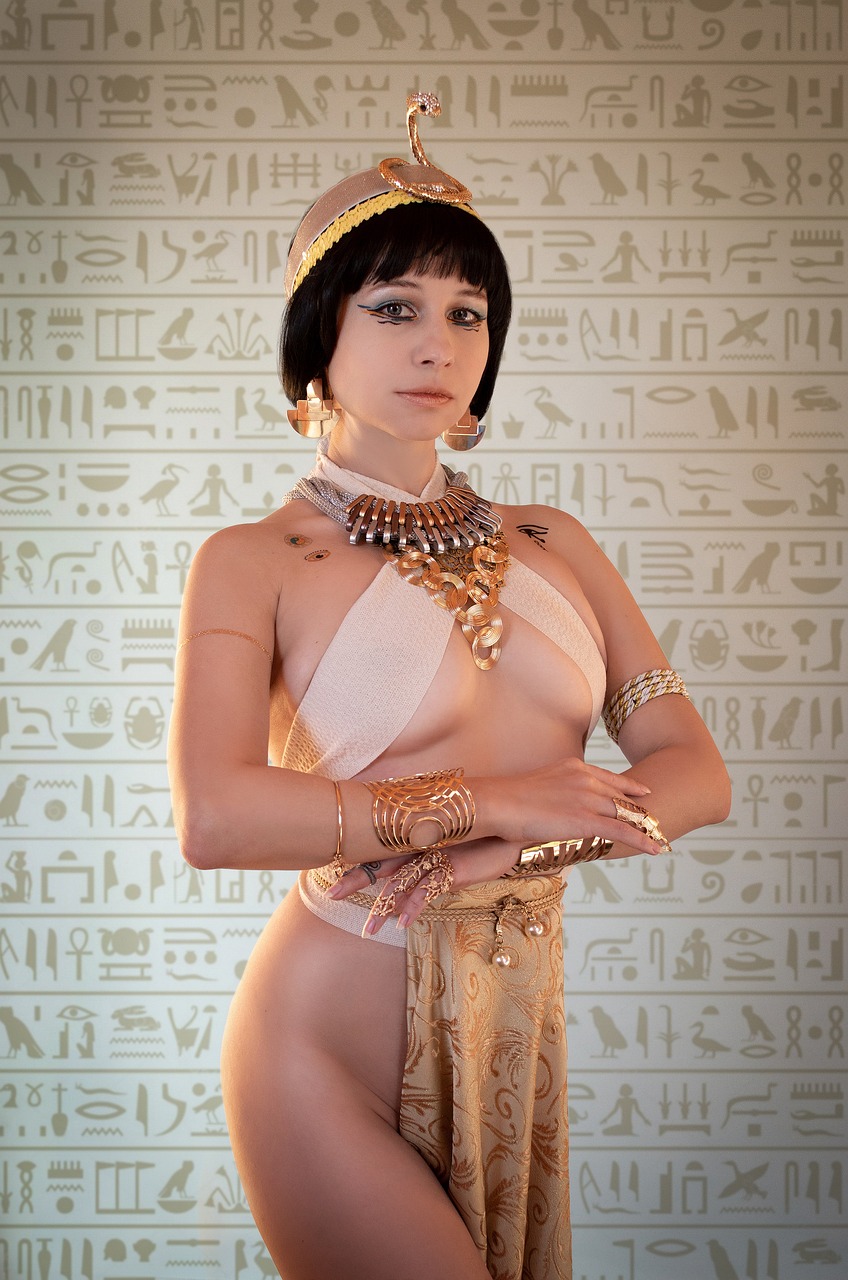Unveiling the Mystique of Mut: The Egyptian Goddess
Mut, a prominent deity in ancient Egyptian mythology, is renowned as the divine Mother Goddess and the protector of the sky. Often illustrated adorned with the Royal Vulture Crown, which consists of a headdress featuring vulture or falcon feathers, Mut symbolized maternal care and protection. The ancient Egyptians revered the white vulture, recognizing it as a nurturing and vigilant bird, thus associating it with her identity. Mut was united with Amun, the god of air, and their son Khonsu, forming the revered Triad of Thebes.
Who is Mut?
Mut is recognized as the embodiment of the sky and the supreme maternal figure in the pantheon of ancient Egyptian deities. Together with Amun and Khonsu, they constitute the Triad of Thebes, a significant trio worshipped primarily at Karnak, the heart of ancient Theban worship.
Key Facts About Mut
- Egyptian Name: Mut, which translates to “mother.”
- Divine Role: She is revered as the sky goddess.
- Significance: Essential member of the Theban Triad (comprising Mut, Amun, and Khonsu).
- Symbols: Associated with the vulture, a crown featuring the Uraeus (a rearing cobra), and often depicted as a lioness.
- Alternative Names: Mout or Maut.
- Cult Center: Primarily Thebes, known today as Luxor.
- Titles: Known as the Mother of the Gods, World-Mother, and Lady of Heaven.
Mythological Significance of Mut
Mut’s narratives intricately weave through the tapestry of Egyptian mythology. She is portrayed with elements that signify her protective nature, often seen with a vulture headdress and flanked by the Uraeus. As she evolved, she integrated characteristics from earlier goddesses, Wadjet and Nekhbet, recognized collectively as the “Two Ladies.” They represented the amalgamation of Upper and Lower Egypt, with Wadjet linked to the Red Crown and Nekhbet to the White Crown.
Emblems Linked to Mut
- The Uraeus: This symbol of the cobra was a powerful representation of sovereignty in Lower Egypt, signifying protection and authority.
- The Vulture: Symbolizing nurturing and maternal instincts, the vulture’s soaring presence in the skies was associated with divine power.
- The Lioness: An embodiment of strength, Mut absorbed traits from other lioness goddesses over time, through a process called syncretism.
Artistic Depictions of Mut
In artistic representations, Mut is characterized by her vulture headdress and the modius – a cap-like crown that often features extensions like ostrich feathers. She frequently holds the Ankh, representing life’s essence, and the ‘Was Scepter,’ symbolizing authority.
Mut and the Triad of Thebes
As an integral part of the Triad of Thebes, Mut’s worship persisted through centuries, particularly in Theban temples, with Karnak serving as the primary site. The Triad grew increasingly significant during the New Kingdom, when Thebes thrived as Egypt’s capital.
Impact of Akhenaten’s Religious Revolution
A substantial upheaval occurred during the reign of Pharaoh Akhenaten, who sought to centralize worship around a singular deity, Aten. This disrupted the veneration of the Triad of Thebes, leading to the destruction of old temples and the sidelining of Mut until the reinstatement of traditional beliefs after Akhenaten’s era.
Fascinating Insights into Mut
Here are additional captivating details about Mut:
- Motherly Protector: Considered the fierce guardian of Egypt, she safeguarded against enemies.
- Hatshepsut’s Connection: The female pharaoh admired Mut so much that she initiated the reconstruction of her temple at Karnak and claimed descent from her.
- Cultural Reverence: Daily rituals in her honor were often conducted by the Pharaoh and her appointed priestesses.
- Symbol of Nurturing: Beyond her warrior-like traits, she was also seen as the embodiment of nurturing and fertility.
This multifaceted goddess embodies not only the protective elements of motherhood but also the profound spiritual authority within ancient Egyptian religion, symbolizing the essence of divinity.



